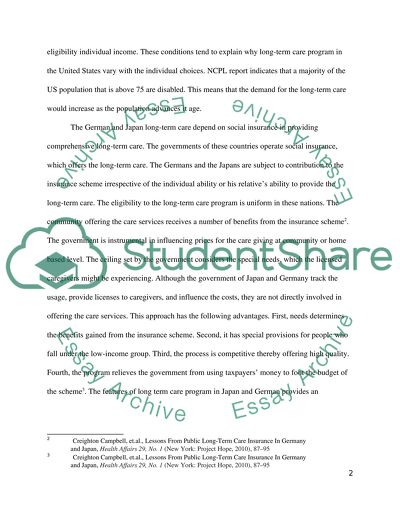Cite this document
(“What Can We Learn from Long-Term Care in other Countries Essay”, n.d.)
What Can We Learn from Long-Term Care in other Countries Essay. Retrieved from https://studentshare.org/health-sciences-medicine/1452060-what-can-we-learn-from-long-term-care-in-other
What Can We Learn from Long-Term Care in other Countries Essay. Retrieved from https://studentshare.org/health-sciences-medicine/1452060-what-can-we-learn-from-long-term-care-in-other
(What Can We Learn from Long-Term Care in Other Countries Essay)
What Can We Learn from Long-Term Care in Other Countries Essay. https://studentshare.org/health-sciences-medicine/1452060-what-can-we-learn-from-long-term-care-in-other.
What Can We Learn from Long-Term Care in Other Countries Essay. https://studentshare.org/health-sciences-medicine/1452060-what-can-we-learn-from-long-term-care-in-other.
“What Can We Learn from Long-Term Care in Other Countries Essay”, n.d. https://studentshare.org/health-sciences-medicine/1452060-what-can-we-learn-from-long-term-care-in-other.


